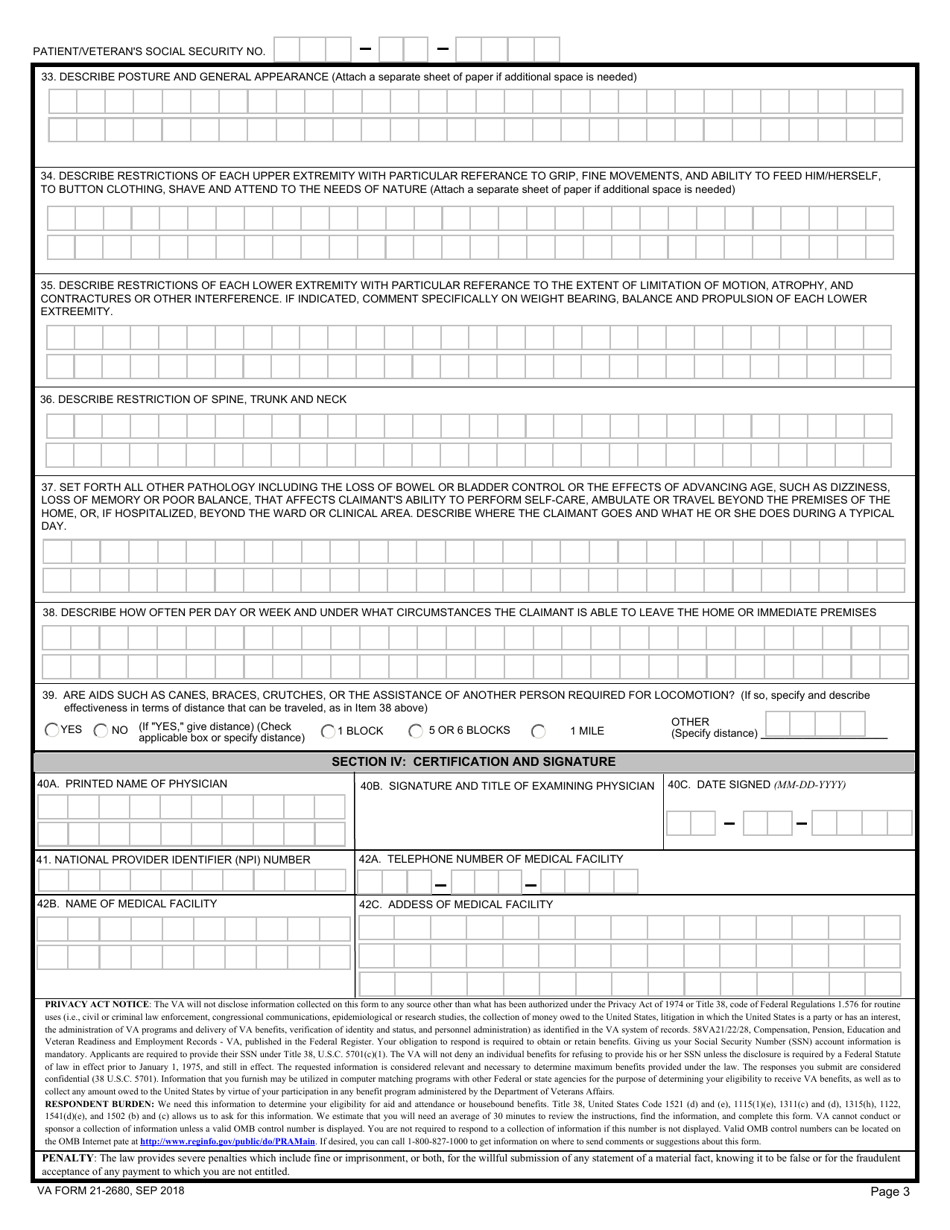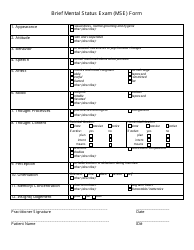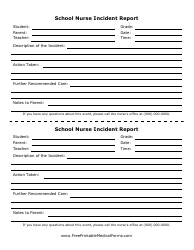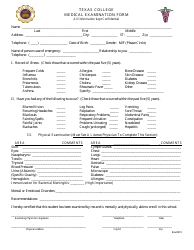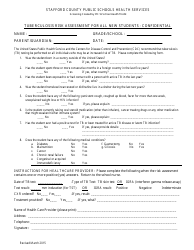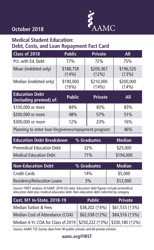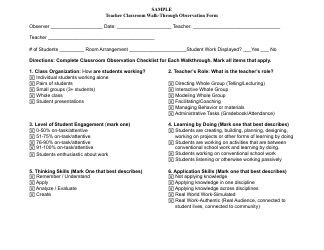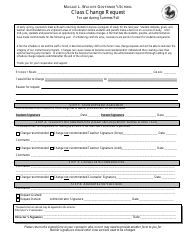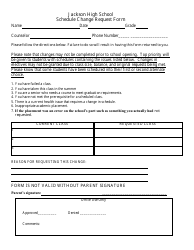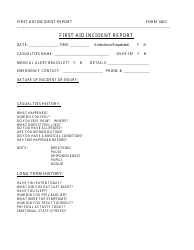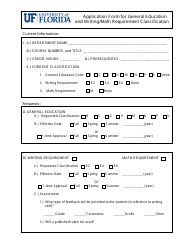This version of the form is not currently in use and is provided for reference only. Download this version of
VA Form 21-2680
for the current year.
VA Form 21-2680 Examination for Housebound Status or Permanent Need for Regular Aid and Attendance
What Is VA Form 21-2680?
This is a legal form that was released by the U.S. Department of Veterans Affairs on September 1, 2018 and used country-wide. As of today, no separate filing guidelines for the form are provided by the issuing department.
FAQ
Q: What is VA Form 21-2680?A: VA Form 21-2680 is a form used to determine if a veteran is eligible for housebound status or permanent need for regular aid and attendance.
Q: What is the purpose of VA Form 21-2680?A: The purpose of VA Form 21-2680 is to gather information about a veteran's medical condition in order to determine if they qualify for housebound status or regular aid and attendance.
Q: Who needs to complete VA Form 21-2680?A: The veteran or their representative needs to complete VA Form 21-2680.
Q: What information is required on VA Form 21-2680?A: VA Form 21-2680 requires information about the veteran's medical condition, including details about their ability to perform daily activities and their need for assistance.
Q: Is there a deadline for submitting VA Form 21-2680?A: There is no specific deadline, but it is advisable to submit the form as soon as possible after the need for housebound status or aid and attendance arises.
Q: What happens after submitting VA Form 21-2680?A: After submitting VA Form 21-2680, the VA will review the information to determine if the veteran is eligible for housebound status or permanent need for regular aid and attendance.
Q: What are the eligibility requirements for housebound status or permanent need for regular aid and attendance?A: The eligibility requirements vary, but generally, veterans must have a medical condition that confines them to their home or requires the assistance of another person to perform daily activities.
Q: What benefits are available to veterans who qualify for housebound status or permanent need for regular aid and attendance?A: Qualifying veterans may be eligible for additional monthly compensation from the VA to help cover the cost of their care and support.
Form Details:
- Released on September 1, 2018;
- The latest available edition released by the U.S. Department of Veterans Affairs;
- Easy to use and ready to print;
- Yours to fill out and keep for your records;
- Compatible with most PDF-viewing applications;
- Fill out the form in our online filing application.
Download a fillable version of VA Form 21-2680 by clicking the link below or browse more documents and templates provided by the U.S. Department of Veterans Affairs.
What Is VA Form 21-2680 Used For?
VA Form 21-2680 is used to outline the health problems veteran or beneficiary suffers from, their physical state, and their ability to make basic movements. It allows them to request aid and assistance or extra money payments in addition to their pension. The decision about the amount of financial assistance or necessary aid is made according to the information provided.
Veterans or beneficiaries will be provided with aid and assistance if they need the help of another person in order to perform basic daily actions, such as bathing, dressing, feeding themselves, etc. A need to stay in bed due to a disability, or being in a nursing facility due to a mental or physical condition is also considered serious enough for receiving aid.
How to Fill Out VA Form 21-2680?
VA Form 21-2680 instructions are as follows:
- Section I ("Veteran's Identification Information") requires the full name of the veteran, their Social Security Number (SSN), date of birth, service number, gender, phone number, email, and address.
- Section II ("Claim Information") requires detailed information about the claimant (the veteran and the claimant can be the same person). Boxes 10 and 11 should contain the name and the claimant's social security number. Box 12 identifies the claimant's relationship to the veteran or the beneficiary. Box 13 requires the claimant to choose between two options to identify the type of benefit they are applying for (i.e., "Special Monthly Compensation (SMC)" or "Special Monthly Pension (SMP)").
- Section III requires the date of examination, the home address of the veteran or beneficiary, and whether the claimant is currently hospitalized.
- Box 17 requires information about the claimant's diagnosis. Information in Box 17 must not contradict the data provided in Boxes 25 through 39. The physical characteristics of the claimant are recorded in Boxes 18A through 18C. Boxes 19 through 20 require information about nutrition. Boxes 21 through 23 will contain the results of blood pressure, pulse, and respiratory examinations. Box 24 lists the disabilities that prevent the claimant from doing activities listed in questions 26 through 28.
- If the claimant has to stay in bed, hours in bed should be given in Box 25. Boxes 26 through 28 require basic information on activities, such as feeding, preparing meals, bathing, and whether the claimant is able to perform them. If Boxes 26 and 27 contain negative answers and Box 28 is answered positively, an explanation is needed. This can be done on a separate sheet of paper. Boxes 29A and 29B are for providing information about the claimant's sight and whether they are blind or not.
- The kind of help the claimant needs and whether they would be able to manage the payments is specified in Boxes 30 through 32. The answers should be supported by arguments. The posture and appearance of the claimant are described in Box 33. Boxes 34 through 36 are describing the restrictions to basic actions and movements. All pathologies preventing the claimant from doing these actions are listed in Box 37.
- When and under which circumstances the claimant is able to leave home is entered in Box 38. Box 39 is for providing information about whether the claimant requires locomotion assistance. Boxes 40 through 41 must be completed by the examining physician, providing their name and signature.
Where to Send VA Form 21-2680?
The completed forms should be sent to a local VA regional office.
- The Los Angeles Regional Office is responsible for the following regions: Inyo, Kern, Los Angeles, San Luis Obispo, Santa Barbara, San Bernardino, and Ventura. The mailing address is Los Angeles Regional Office, Federal Building, 11000 Wilshire Boulevard, Los Angeles, California 90024.
- The San Diego Regional Office covers the following counties: Imperial, Orange, Riverside, and San Diego. The mailing address is San Diego Regional Office, 8810 Rio San Diego Drive San Diego, California 92108.
- The Reno Regional Office is responsible for the following regions: Alpine, Lassen, Modoc, and Mono. The mailing address is Reno Regional Office: 5460 Reno Corporate Drive Reno, Nevada 89511.
- The Oakland Regional Office covers all remaining counties. The mailing address is Oakland Regional Office: 1301 Clay Street, Room 1400 North, Oakland, California 94612.






